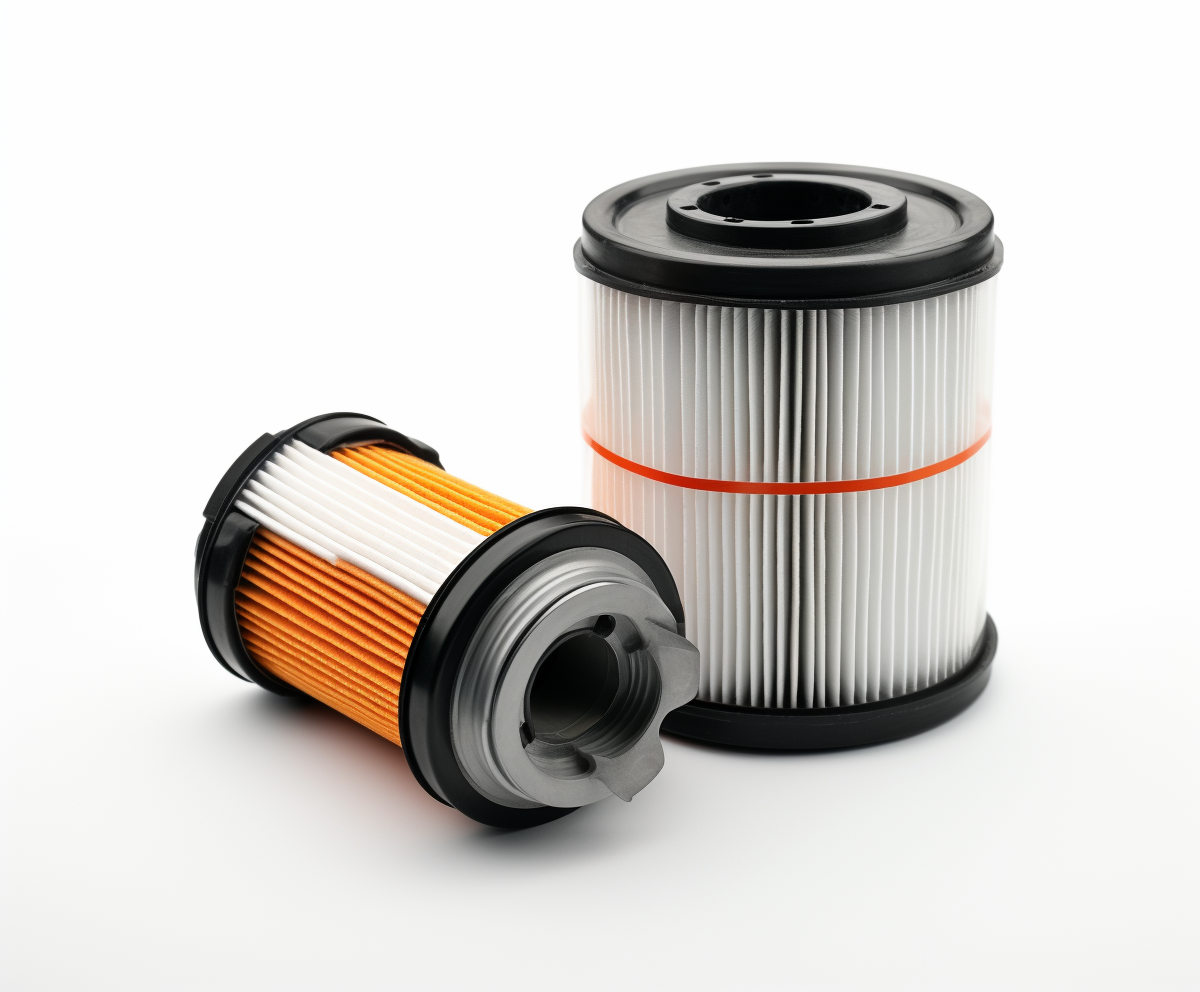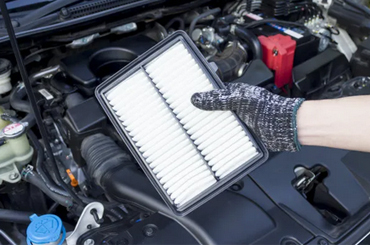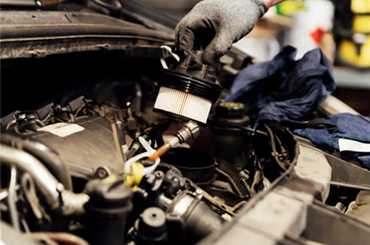Changing cab air filters regularly can help protect driver health
These filters, which are similar to the ones used in cars and homes, are designed to remove dust, allergens, and other airborne particles from the air. They can also help to reduce the spread of bacteria and viruses, making the cabin air much cleaner and healthier for passengers and crew.
In recent years, many airlines have been investing in high-quality cabin air filters, and some have even gone so far as to retrofit their existing aircraft with these filters. This is a significant investment, but it is one that is seen as essential for providing a safe and comfortable environment for passengers.
In addition to improving air quality, cabin air filters can also help to reduce odors in the cabin. This is particularly important on long-haul flights, where passengers may be confined to a relatively small space for an extended period of time. By removing odors from the air, cabin air filters can help to create a more pleasant and comfortable flying experience for passengers.
Furthermore, cabin air filters can also help to improve the performance of the aircraft's heating, ventilation, and air conditioning (HVAC) system. By removing contaminants from the air, these filters can help to ensure that the HVAC system runs more efficiently, reducing the risk of mechanical problems and improving overall comfort for passengers.
One of the leading providers of cabin air filters is Pall Aerospace, a company that has been working with airlines around the world to improve the quality of their cabin air. According to Pall Aerospace, their cabin air filters are designed to remove 99.97% of airborne particles, including bacteria and viruses, making the air inside the cabin as clean as possible.
In addition to filtering the air, some airlines are also taking steps to improve ventilation in their cabins. This can include increasing the flow of fresh air into the cabin, as well as improving the distribution of air throughout the aircraft. By improving ventilation, airlines can further enhance the quality of the cabin air, creating a healthier and more comfortable environment for passengers.
While the use of cabin air filters and improved ventilation systems can certainly help to improve the quality of cabin air, there are still some challenges that airlines must overcome. For example, some aircraft may have outdated HVAC systems that are not well-suited to the installation of high-quality cabin air filters. In these cases, airlines may need to invest in significant upgrades to their aircraft in order to ensure that the cabin air is as clean and comfortable as possible.
Despite these challenges, many airlines are committed to improving the quality of their cabin air, and are willing to invest in the necessary technology and infrastructure to achieve this goal. As a result, passengers can look forward to a safer and more comfortable flying experience in the years to come, thanks to the widespread use of cabin air filters and other air quality improvement measures.

 Products
Products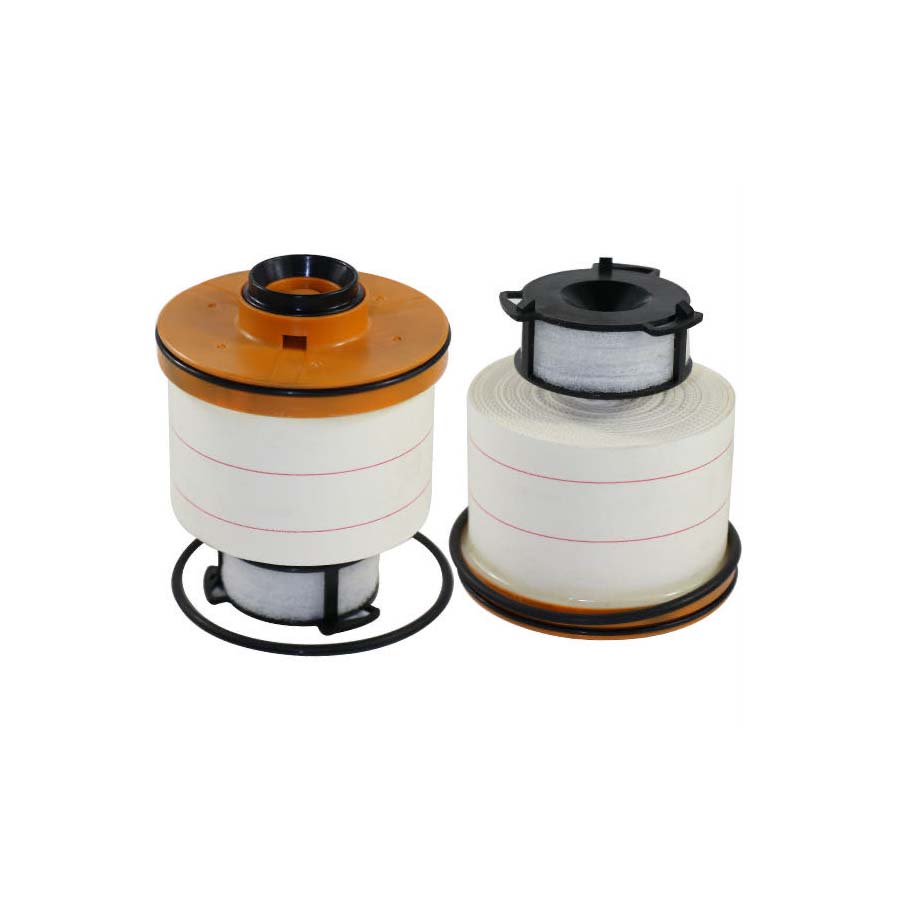 FUEL FILTER
FUEL FILTER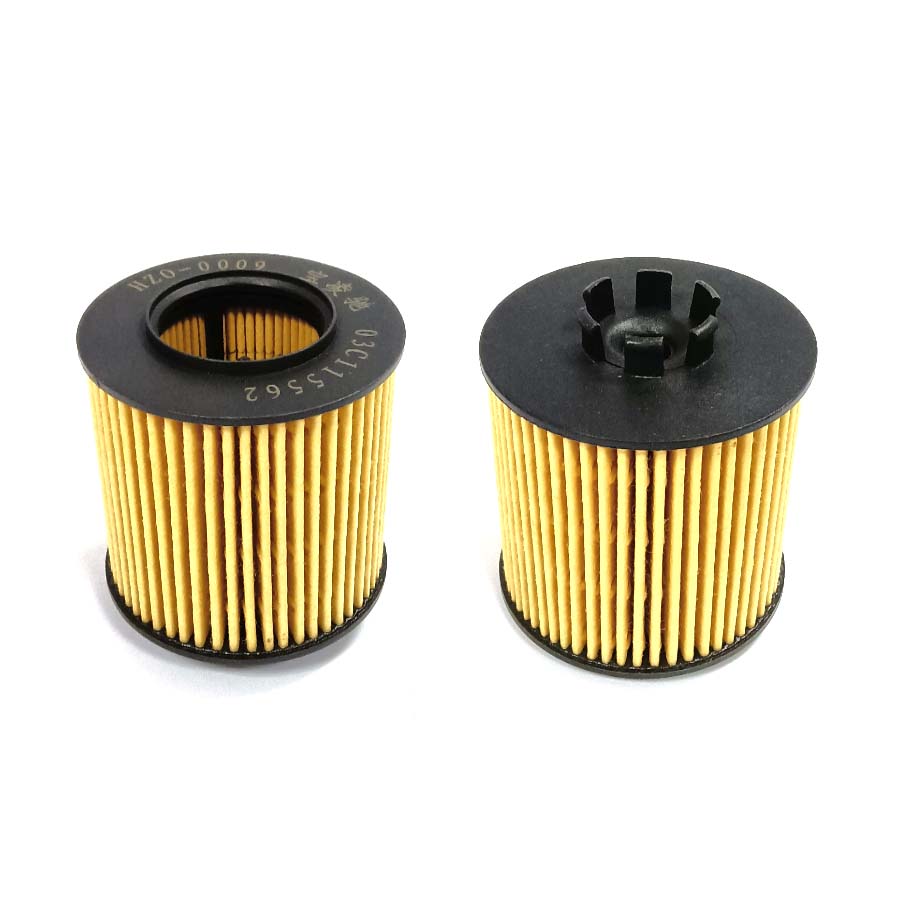 OIL ELEMENT FILTER
OIL ELEMENT FILTER OIL FILTER
OIL FILTER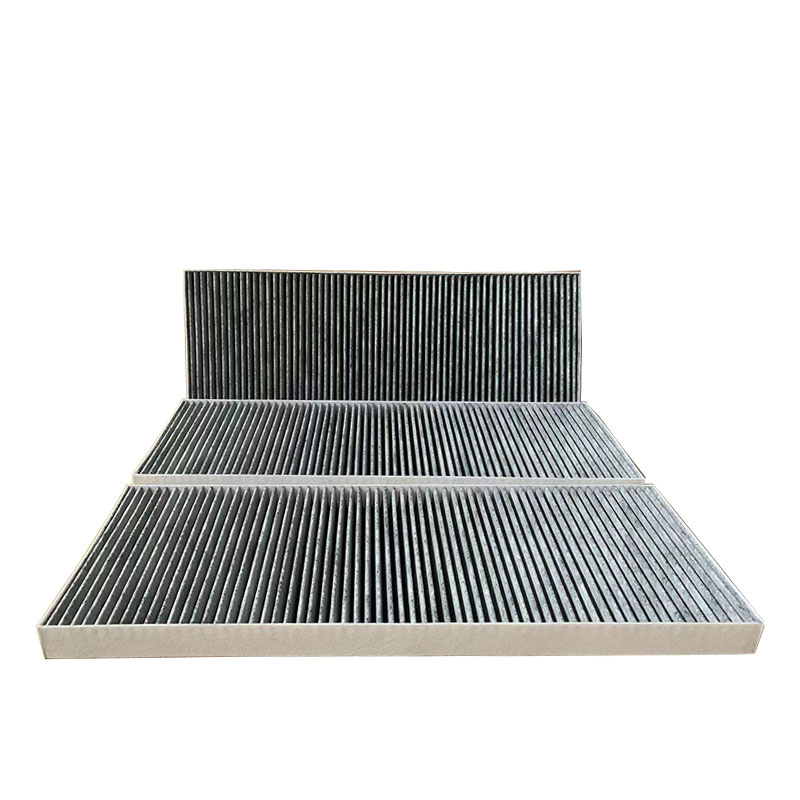 CABIN FILTER
CABIN FILTER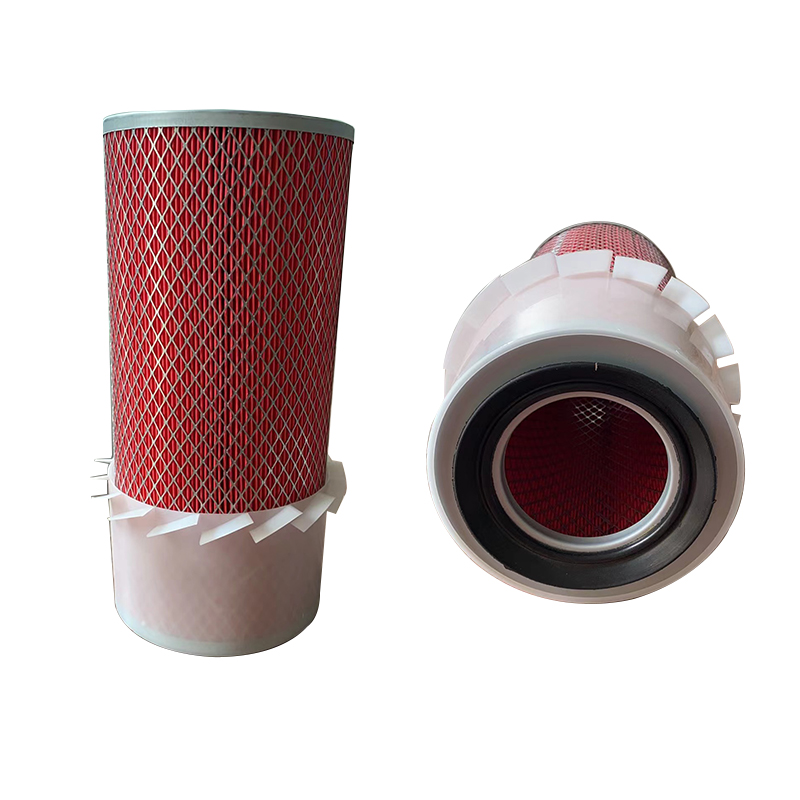 AIR FILTER
AIR FILTER